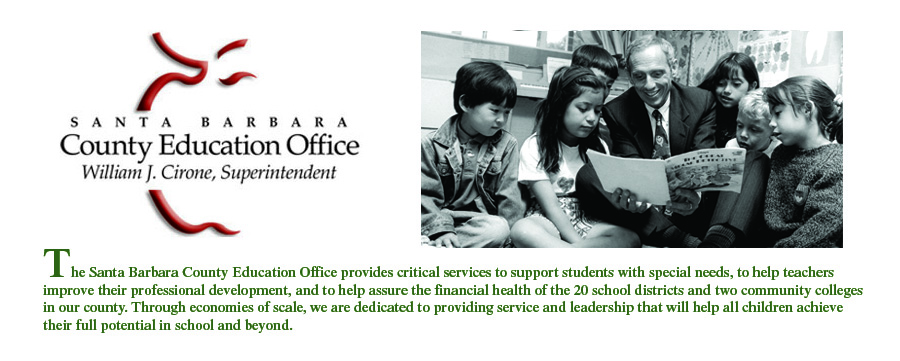By Bill Cirone, Santa Barbara County Superintendent of Schools
As we celebrate Rosa Parks Day on Feb. 4, it’s important to note why the day is so important for all of us.
On Dec. 1, 1955, African American seamstress Rosa Parks was traveling on a city bus in Montgomery, Alabama when the bus driver asked her to leave her seat to make room for a white passenger. In mid-century racially segregated Alabama, the driver’s request was standard practice.
What was not standard, however, was Ms. Parks’ response: She refused to leave her seat, on the grounds of fairness, freedom, and equality.
No one could have known at the time the impact of that small but singular act of courage. After refusing to give up her seat, Rosa Parks was arrested and convicted of violating the “Jim Crow” laws of segregation. She appealed the conviction and formally challenged the legality of segregation.
While the appeal was underway, civil rights leaders, including Martin Luther King Jr., led boycotts of the Montgomery bus system, which catalyzed civil rights protests throughout the U.S. Buses were the primary form of transportation for most black citizens at the time, and the boycott severely impacted the financial footing of city transportation systems.
Almost one year after Rosa Parks’ refusal to give up her seat, the Supreme Court upheld a lower court ruling that Montgomery’s segregation laws were, in fact, unconstitutional. Civil rights leaders ended their transportation boycott 381 days after it had begun. The very next day, Rosa Parks, along with E.D. Nixon and Martin Luther King Jr., boarded a city bus. Proudly, Ms. Parks took her seat up front. The photograph that captured that moment is one of the more memorable images of the Civil Rights movement.
Over the years, the Rosa Parks bus has become a symbol of the fight for equal rights for all citizens. It has been fully restored and is now displayed in the Henry Ford Museum in Dearborn, Michigan. Rosa Parks Day on Feb. 4 is also known, fittingly, as the Day of Courage.
The day is designed to remind citizens of the importance of promoting equal opportunities, civil rights, and fairness across our communities. It is also a vivid symbol of the power that individual citizens can have when they stand up for their rights and refuse to along with a system that is patently unjust. Clergy, politicians, and community leaders unite in California to promote the day with a range of events and activities. Many schools have classroom activities that focus on Rose Parks’ struggles for equality and achievements against discrimination. The symbolism is particularly powerful in theses turbulent times.
Though our country has come a long way in the area of civil rights, it’s very clear that much work remains to be done. Locally, community and religious leaders and citizens throughout Santa Barbara County leverage their skill, caring, and compassion, to close whatever discriminatory divides arise. Nationally, we see continued efforts to ensure that the rights of all Americans are protected.
It is fitting that we honor the remarkable courage of Rosa Parks on Feb. 4 and also throughout the year. It is crucial to renew our efforts to be courageous in our collective efforts to strengthen our communities and improve the lives of all our citizens. “Stronger together” is not an empty slogan. It reminds us of our founding creed, “We the people.” Celebrating Rosa Parks Day provides an important reminder of how we must never lose sight or our country’s values of justice, equality, and freedom for all. These are the values that have always made our country great.
